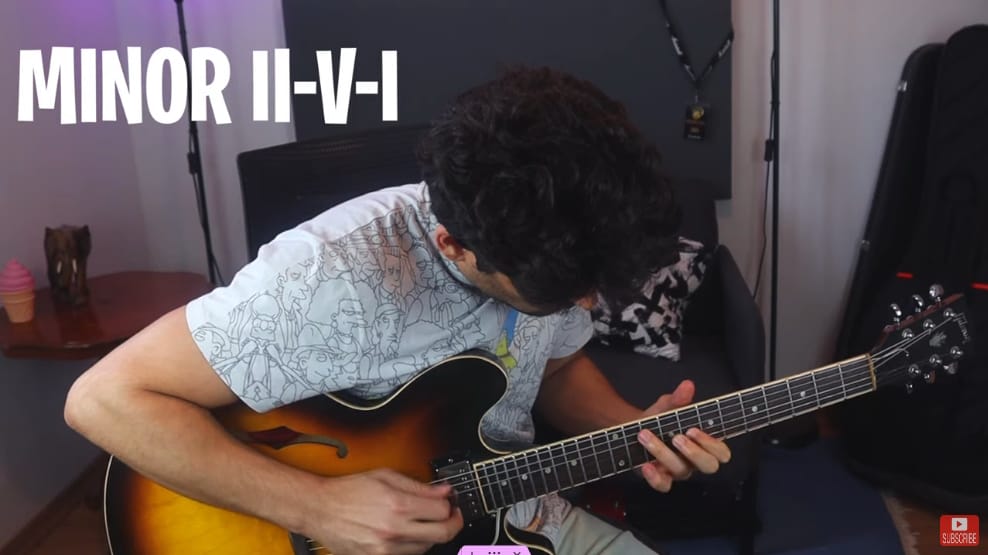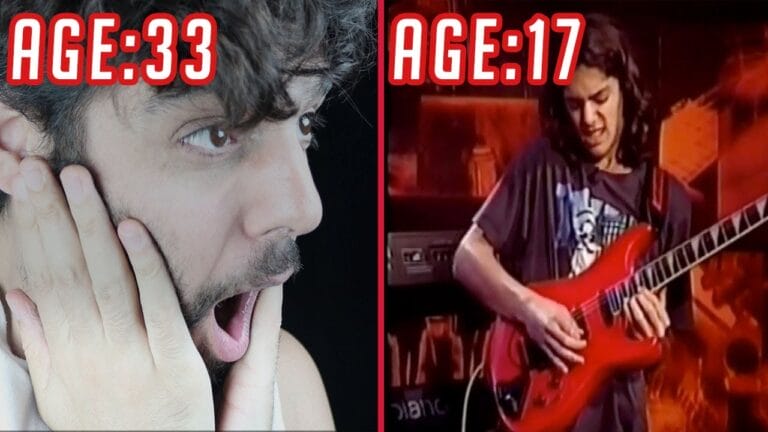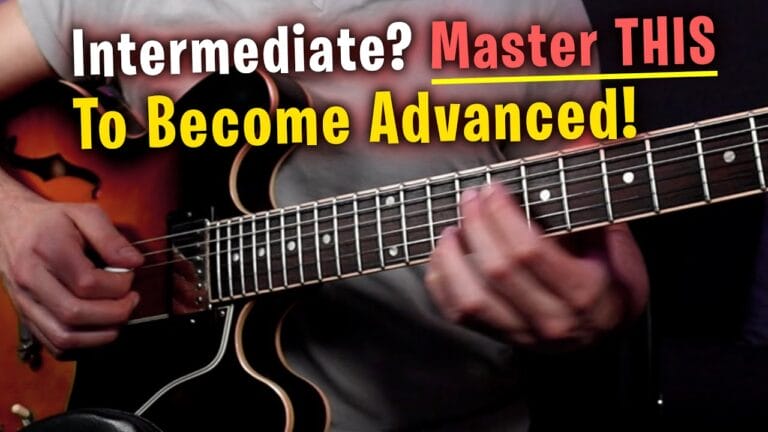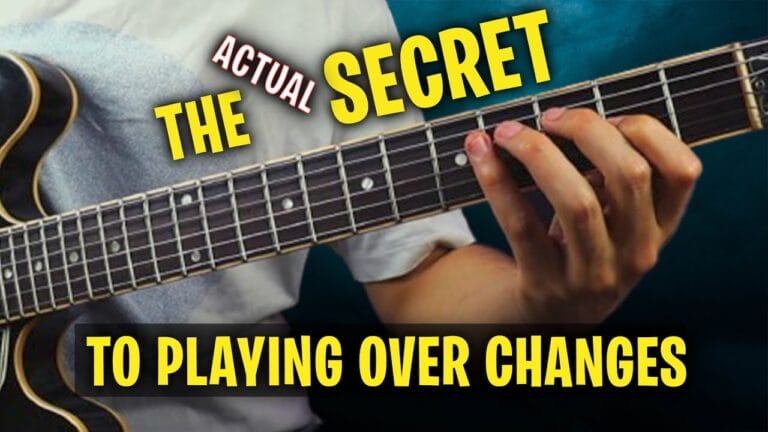3 Essential Minor 2-5-1 Jazz Lines You Want To Know
Why Is The Minor 2-5-1 Chord Progression So Important
Is there a reason why this needs to be highlighted?
As a guitarist, and teacher – I can say most aspiring Jazz (or any improvised music) guitar players place the majority of their attention on major 2-5-1 chord progression rather than balancing minor and major progressions.
Minor cadences cannot be neglected in music as they play such an important role.
It is very important to keep in mind that when discussing jazz harmony/melody relationships, the use of modes from melodic minor, diminished, and their relationships/points of resolution Is really a must discover for anyone who wishes to feel comfortable playing melodies, let alone improvising over them in this idiom.
I’m Starting off this video with a short improvisation over a minor 2-5-1 cadence Dm7b5 G7 Cm, I don’t think anything specific went through my mind, but…
When I listen back I can definitely recognize those embellishments, superimpositions, chromaticism, melodic minor modes..
So in this lesson I’m going to show you 3 guitar phrases (licks) that will reveal to you those fundamental elements of minor 2-5-1 cadences in the easiest way possible. I made sure to include tabs/notation and analysis!
I really do hope you enjoy these sounds and feels.

Now,
If you are looking to master harmony and melody so everything you play or imagine makes more sense, while strengthening your fretboard knowledge on a very deep, structured level!
As a result of the amount of work I have put into refining this program, I am able to provide my students with the most efficient and effective method for mastering Harmony and Melody throughout the fretboard. Finally, it is complete and ready for you to explore.
My goal was to create an accessible program that would give you a structured organized method of practicing this material for years to come.



















